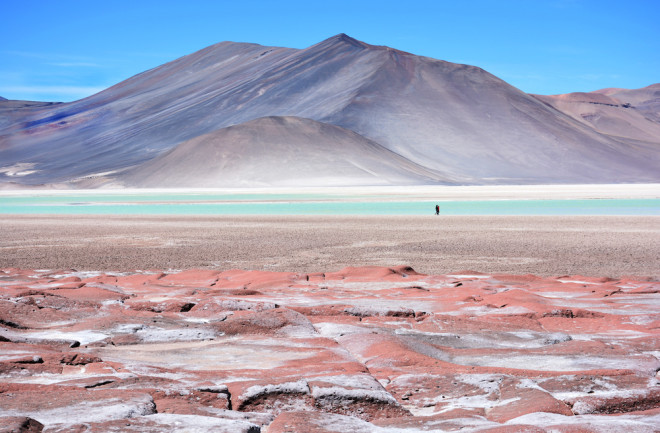Celestial Encounters Found in South American Desert
Chile’s Atacama area boasts the rare and the wonderful sights.
By Tree Meinch
Jul 3, 2022 5:00 AMMar 17, 2023 8:26 PM

Piedras Rojas is located nearly 13,000 feet above sea level, with a rare lake and salt flat in Chile’s Atacama Desert.(Credit: TJAlex/Shutterstock)
Newsletter
Sign up for our email newsletter for the latest science news
0 free articles left
Want More? Get unlimited access for as low as $1.99/month
Stay Curious
Sign up for our weekly newsletter and unlock one more article for free.
View our Privacy Policy
Want more?
Keep reading for as low as $1.99!
Already a subscriber?
Find my Subscription
More From Discover
Stay Curious
Subscribe
To The Magazine
Save up to 40% off the cover price when you subscribe to Discover magazine.
Copyright © 2025 LabX Media Group
